
About GLOBALG.A.P.
Standard setting
The creation of robust, measurable, and fit-for-purpose standards that promote safer and more responsible farming is only possible if all value chain participants are engaged in the development process. As part of this, all of our major standards and add-ons undergo transparent and comprehensive public consultation.
Smart farm assurance solutions – fit for the future
Currently in development
To remain at the forefront of responsible farming practices and continue to offer high-quality farm assurance solutions to stakeholders, the GLOBALG.A.P. portfolio of standards and add-ons is regularly updated. In collaboration with value chain members, our transparent public consultation process enables us to capture feedback from across the relevant sector and build on the scientific baseline provided by our technical experts.
Standards in development

Environmental sustainability solution
Learn more about the development process and public consultation schedule for the new environmental sustainability solution.
Read more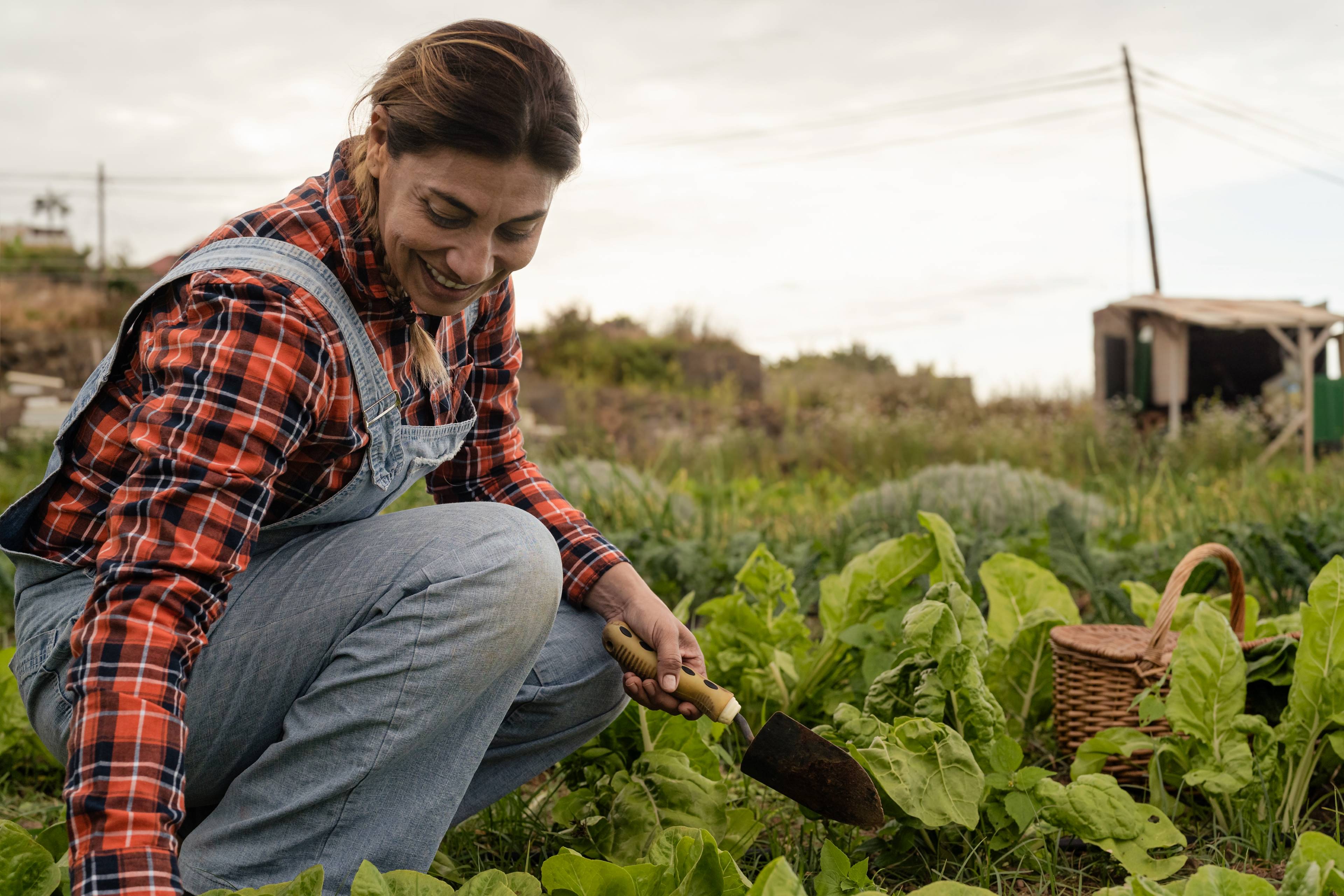
Workers’ well-being standard
Learn more about the development process and public consultation schedule for the new workers’ well-being standard.
Read more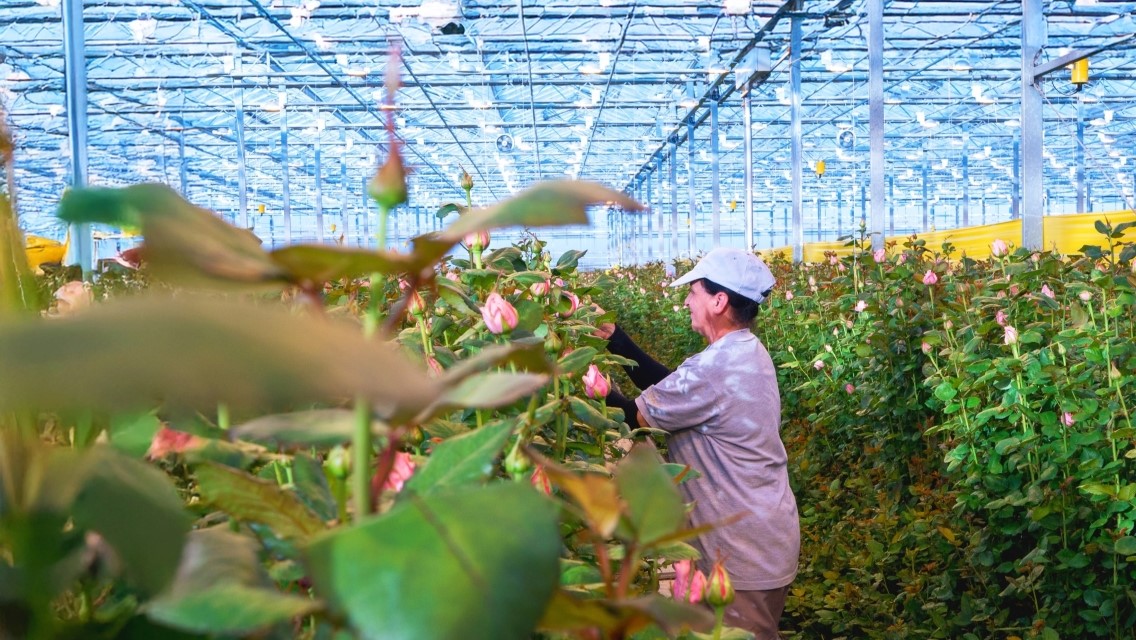
Social Responsibility standard for flowers and ornamentals
Learn more about the development process and public consultation schedule for the new Social Responsibility standard for flowers and ornamentals.
Read more
Produce Handling Assurance (PHA)
Learn more about the development process and public consultation schedule for the revised PHA v2 standard.
Read more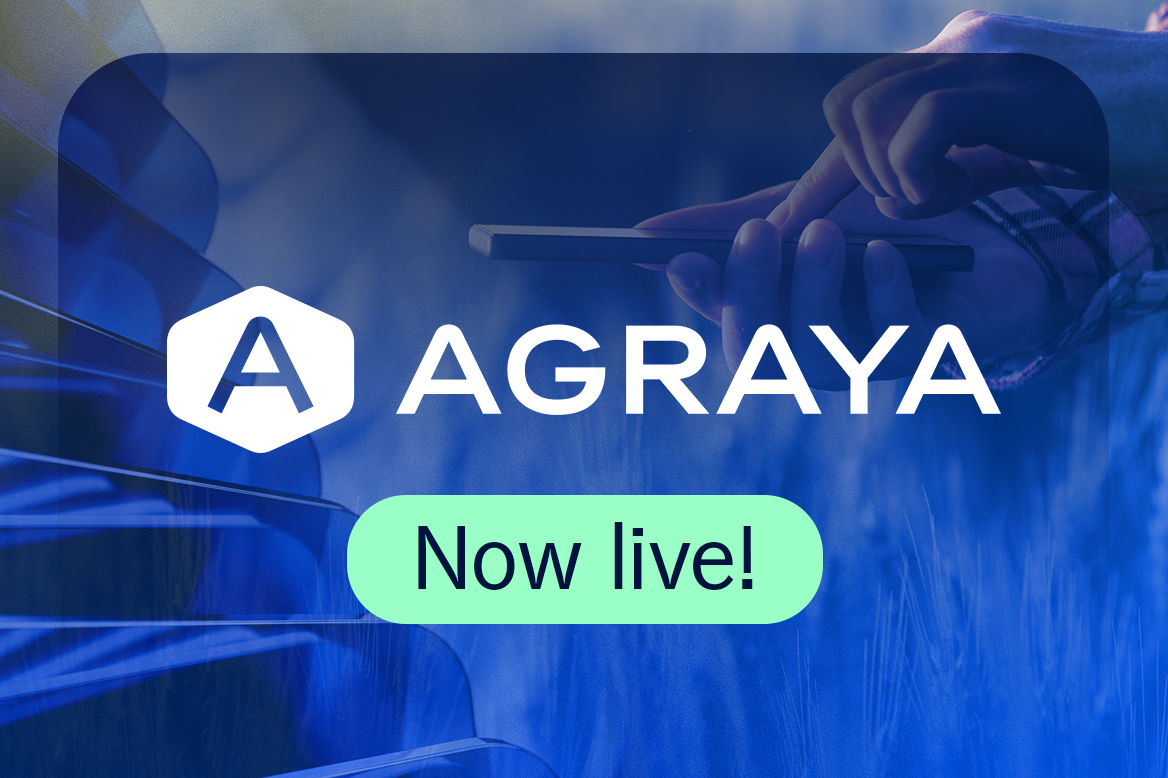
Corporate news and events have moved!
All the latest updates can now be found on the Agraya website – connecting people, ideas, and solutions across the global farming network.

Subscribe to our newsletter
Get the latest updates and upcoming events delivered direct to your inbox!
By the industry, for the industry
How are GLOBALG.A.P. standards and add-ons developed?
GLOBALG.A.P. standards and add-ons are driven by our stakeholders around the world, and therefore reflect both market needs and the daily realities of producers on the ground. Standards and add-ons are developed according to four key principles: widespread participation, scientific expertise, harmonization, and continuous improvement. This approach ensures that we continue to innovate in collaboration with stakeholders, involving all participants in the value chain to create robust, realistic, and cost-efficient farm assurance solutions.
What are the key principles of standard development?

Participation
GLOBALG.A.P. standards and add-ons are developed in collaboration with representative stakeholder groups, including technical working groups, focus groups, and others. Public consultation ensures that as many people as possible can submit feedback on the draft documents.
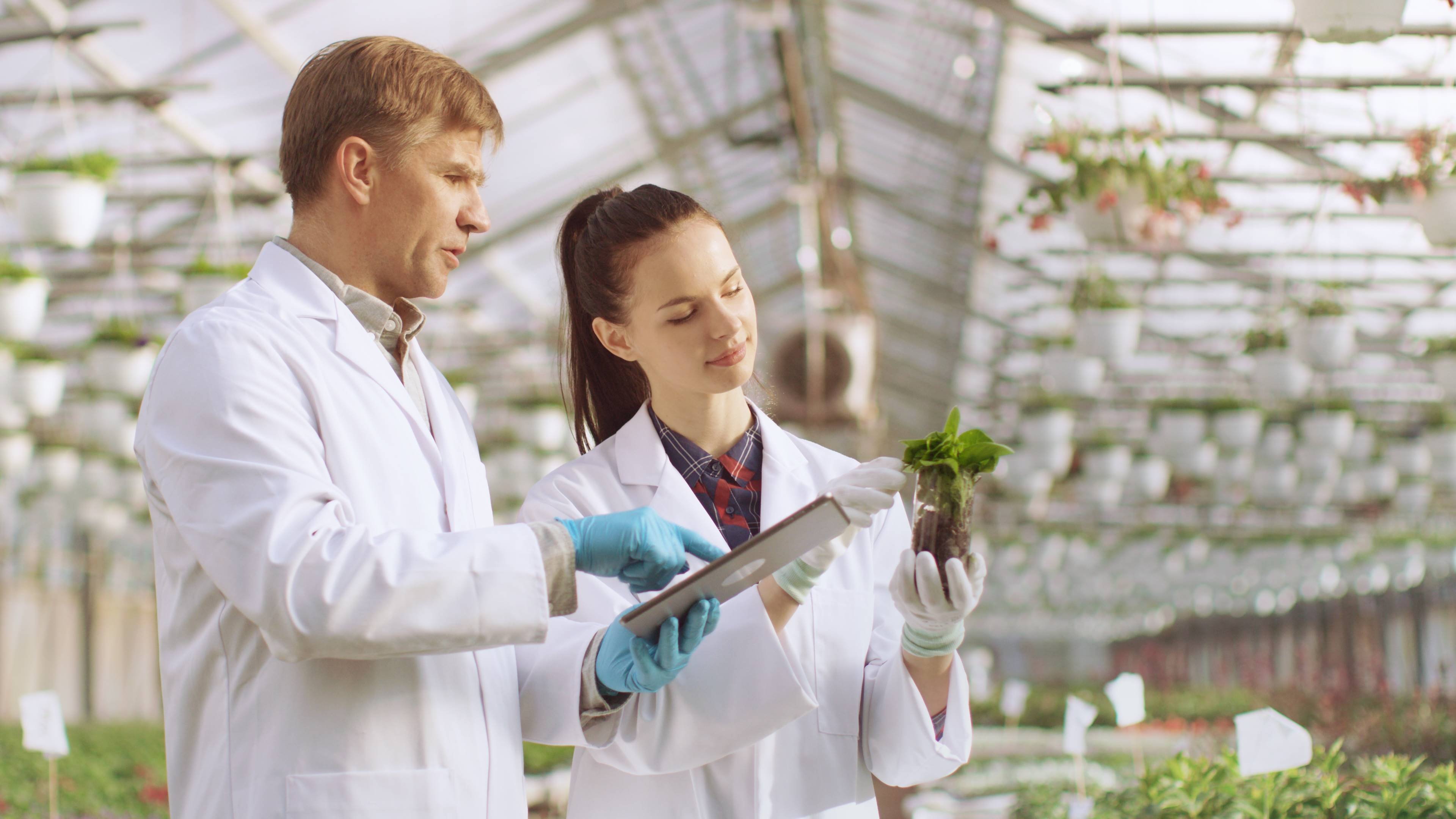
Expertise
We invite a range of technical and legal experts to collaborate on standard and add-on content. This involves the review of scientific studies, international norms, and existing sector-specific standards to understand the latest best practice developments in responsible farming.

Harmonization
Before developing a new standard or add-on, we evaluate existing standards offered by other schemes to see if cooperation or benchmarking is practical. This limits duplication, minimizes the audit burden for producers, and helps retailers identify new suppliers that meet their requirements.

Continuous improvement
We are committed to ensuring the consistent implementation and integrity of our solutions. Feedback mechanisms are integrated into the development process and serve the ongoing improvement of the GLOBALG.A.P. certification system in all aspects.
What is public consultation?
When developing GLOBALG.A.P. standards and add-ons, we want to receive as much input and feedback as possible.
With producers based in more than 135 countries around the world, and stakeholders covering every part of the supply chain, the public consultation process supports our efforts to create standards and add-ons that are both fit for purpose now and built with the future in mind.
It also helps to uphold transparency in development and decision-making, with stakeholder-driven GLOBALG.A.P. solutions now representing the leading portfolio of smart farm assurance solutions worldwide.
Who contributes to the development of GLOBALG.A.P. standards and add-ons?
GLOBALG.A.P.
leads the development process, guided by the relevant technical experts and latest industry insights. The Technical Advisory Committee, technical working groups, and focus groups provide specific input from their areas of expertise, reviewing and collaborating on the draft documents.
Producers and CBs
may be invited to participate in field trials. This provides valuable practical feedback on the feasibility and functionality of new standards and add-ons.
Stakeholders and the general public
– including producers, CBs, retailers, and NGOs – are invited to comment on the draft documents during public consultation periods. GLOBALG.A.P. Community Members and NTWGs are also invited to give feedback.
GLOBALG.A.P.
leads the development process, guided by the relevant technical experts and latest industry insights. The Technical Advisory Committee, technical working groups, and focus groups provide specific input from their areas of expertise, reviewing and collaborating on the draft documents.
Producers and CBs
may be invited to participate in field trials. This provides valuable practical feedback on the feasibility and functionality of new standards and add-ons.
Stakeholders and the general public
– including producers, CBs, retailers, and NGOs – are invited to comment on the draft documents during public consultation periods. GLOBALG.A.P. Community Members and NTWGs are also invited to give feedback.
How does the development process work?

Once it is confirmed that a new standard will be developed under the GLOBALG.A.P. brand, the project manager – together with an assigned R&D technical expert – prepares a proposal outlining the objective, target market, and estimated costs for senior management approval.
Following approval, the proposal is presented to the Technical Advisory Committee (TAC), and the project manager coordinates meetings with all relevant teams to define the development timeline. If the standard is related to any benchmarking, then the involved staff ensure alignment with the respective requirements.
Technical experts then collaborate with the relevant technical working groups (TWGs) and focus groups to ensure the standard is based on science and risk assessment principles. Consultation with user groups or national technical working groups (NTWGs), and legal review (where necessary), are incorporated as part of the content development process.
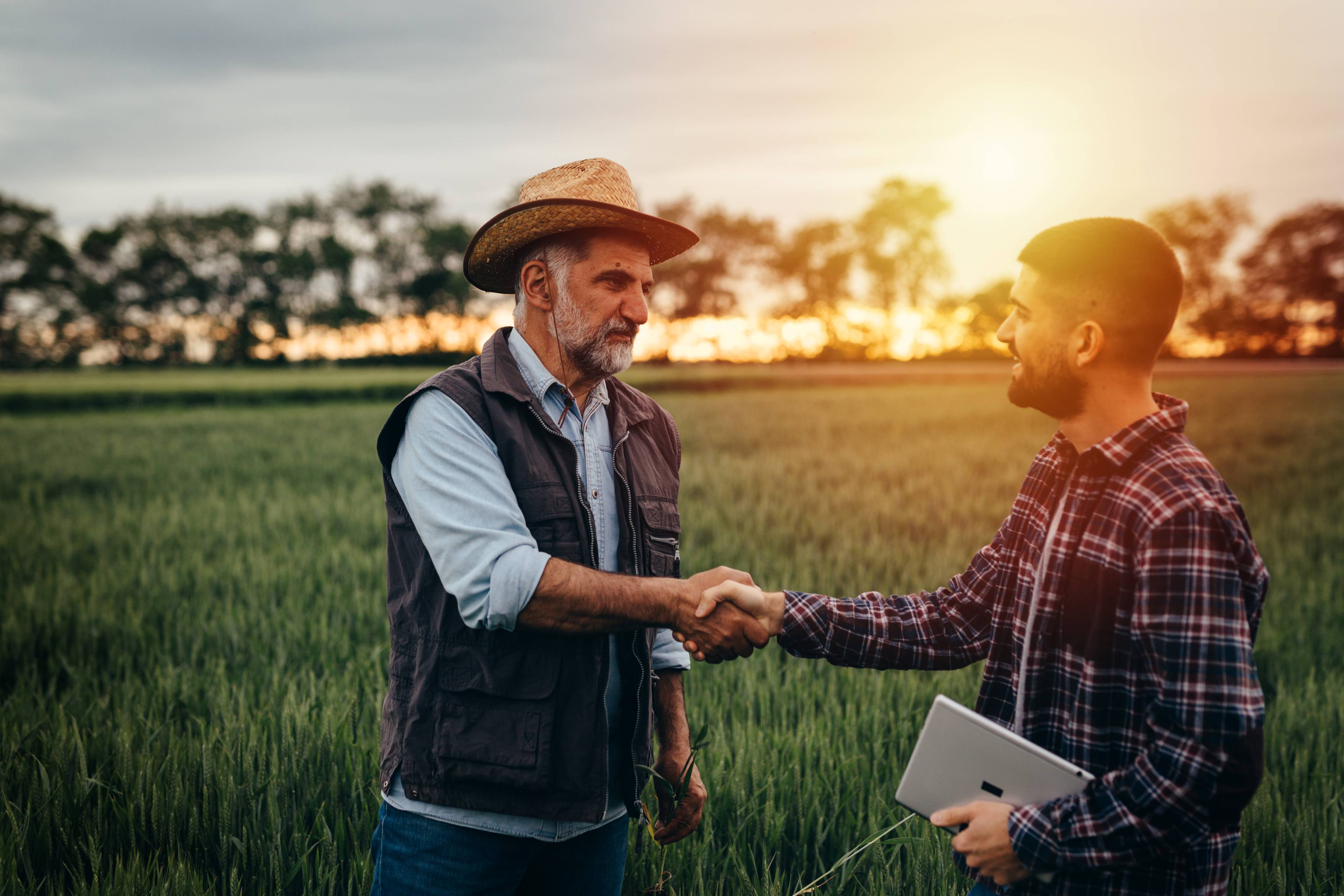
The draft standard or add-on documents undergo internal review. During the development of a standard, a preliminary version can also be published for comments by interested parties. This is known as a public consultation phase and may include one, two, or more rounds as needed, each lasting from 30 up to 60 days. For standards developed to become benchmarked to third-party organizations, such as GFSI, SSCI, etc., the respective requirements for public consultation apply.
The draft standard is then typically tested in real-world pilots and trials to assess feasibility and auditability. Pilots take place before the public consultation or in between rounds of public consultation, and a summary of the results is shared for additional feedback.
Feedback from both consultation and pilots is collected, stored, and reviewed by Agraya GmbH, and then presented to TWGs and focus groups for comment. Agraya GmbH, TWGs, focus groups, and any other parties involved must establish and store records of how this feedback was evaluated and incorporated.

The technical experts complete the draft, and the final standard or add-on documents are prepared for review by the TWGs and TAC. As soon as the content is finalized, the final documents are shared with senior management for final approval and with the TAC for their information.
The set of final documents includes the rules/regulations, the principles/principles and criteria, the checklist for internal audits/self-assessments, and any supporting documents (e.g., audit guidelines, etc.).

Prelaunch preparations are initiated. The documents are first submitted for proofreading and translation. Each standard’s cover page includes information about the publication date, the ”valid from” date, and the replacement date (if it represents a standard’s revision).
The standard or add-on content is integrated into the GLOBALG.A.P. IT platform, and the GLOBALG.A.P. Academy prepares training material for certification bodies (CBs) and the public.

The standard or add-on documents are published in the GLOBALG.A.P. document center. Stakeholders are trained and begin transitioning to the new version or completing the first audit/assessment. Further guidance documents and national interpretation guidelines may be developed by Agraya GmbH and national technical working groups.

Share your experience!
Are you already part of our mission to foster the global adoption of safer and more responsible farming practices? We would love to hear from you!
Submit a testimonial about working with GLOBALG.A.P. for a chance to be featured on our website and social media channels – with more than 80,000 followers across five platforms.

Corporate news and events have moved!
All the latest updates can now be found on the Agraya website – connecting people, ideas, and solutions across the global farming network.
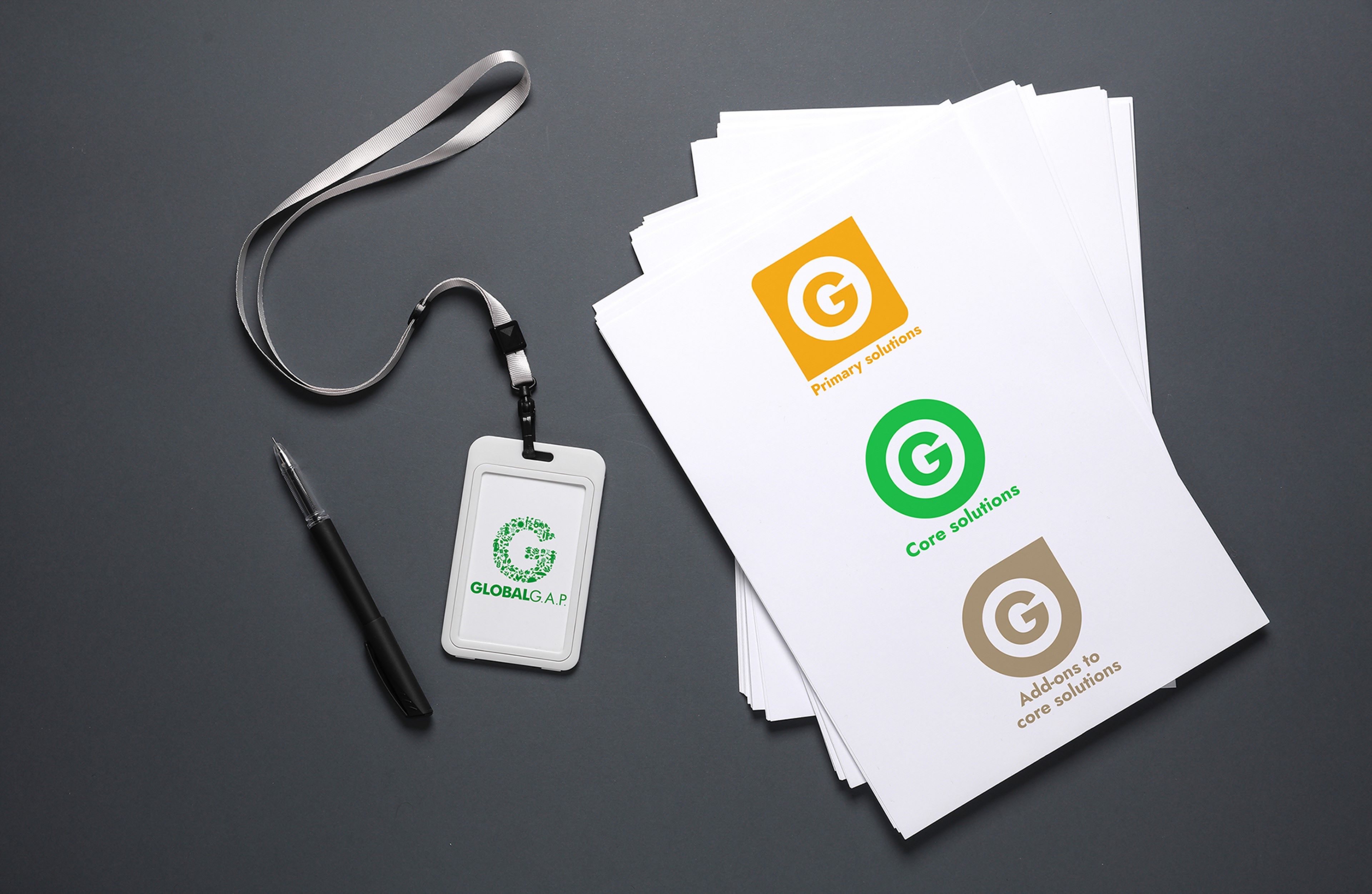
Explore our solutions
Check out our complete portfolio for more information on the current range of GLOBALG.A.P. farm assurance solutions – advancing safer and more responsible farming worldwide!
Transparency in the development process
Past public consultations
View the list of past public consultations and download related documents including summaries of version changes and summaries of responses from the technical experts. The collective development of GLOBALG.A.P. standards and add-ons harnesses insight from across the relevant value chain. This supports our mission of fostering the global adoption of safe, socially and environmentally responsible farming practices by providing industry-leading, cost-efficient, and value-adding assurance and benchmarking solutions.
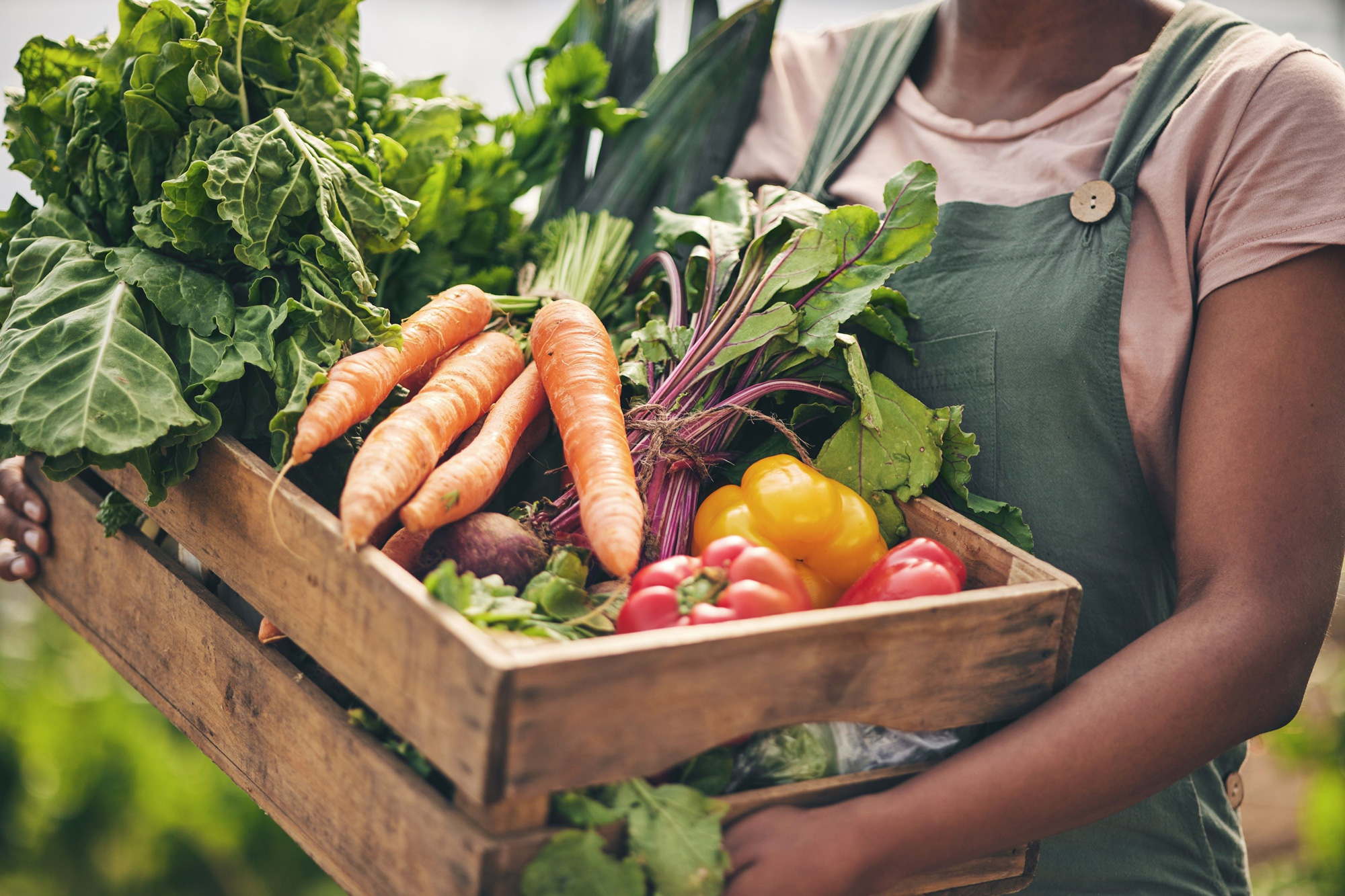
Version: v5.2 to v6
Public consultation dates
May–June 2020
November 2020–January 2021
May–July 2021
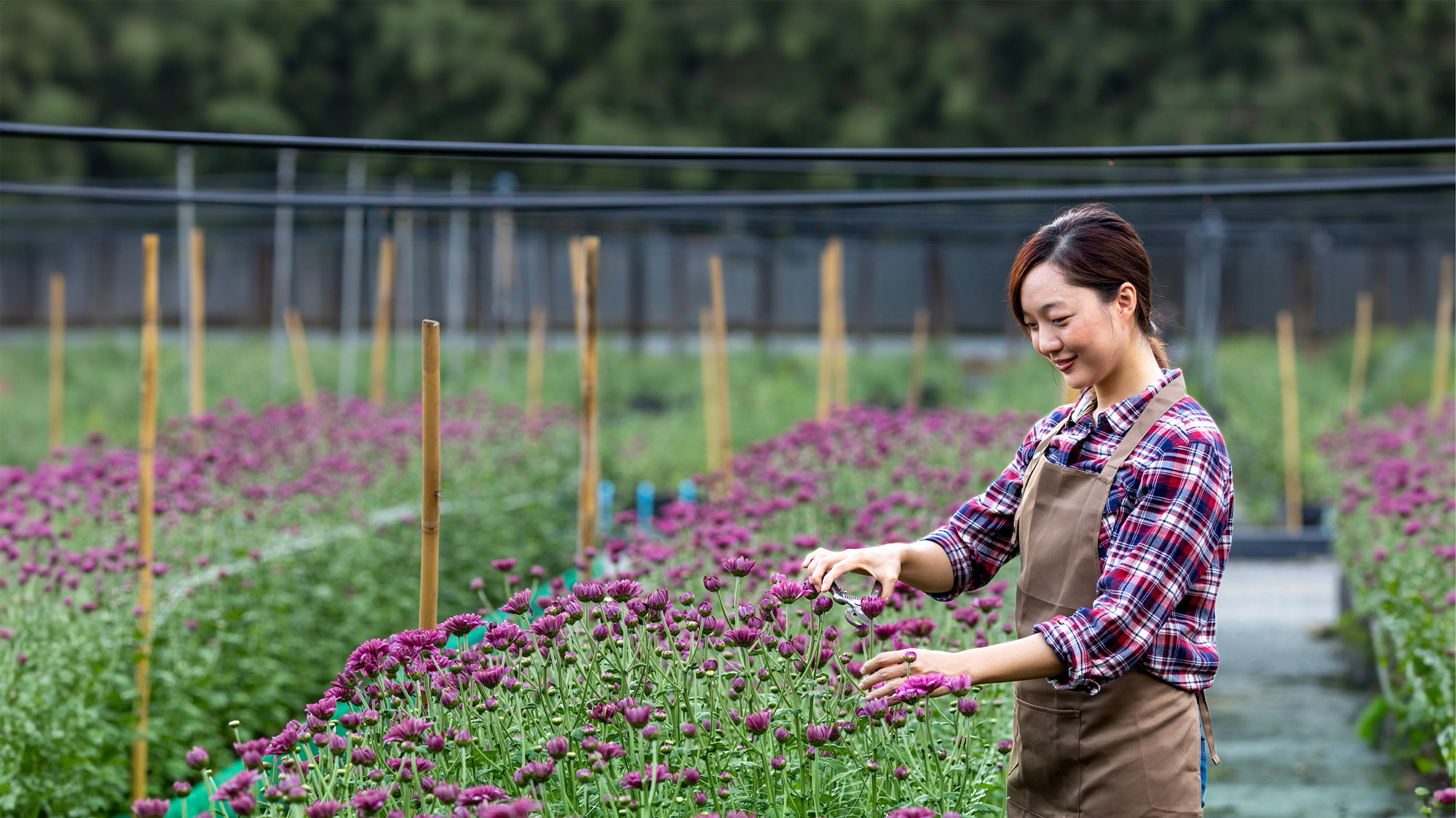
Version: v5.2 to v6
Public consultation dates
May–June 2020
November 2020–January 2021
May–July 2021
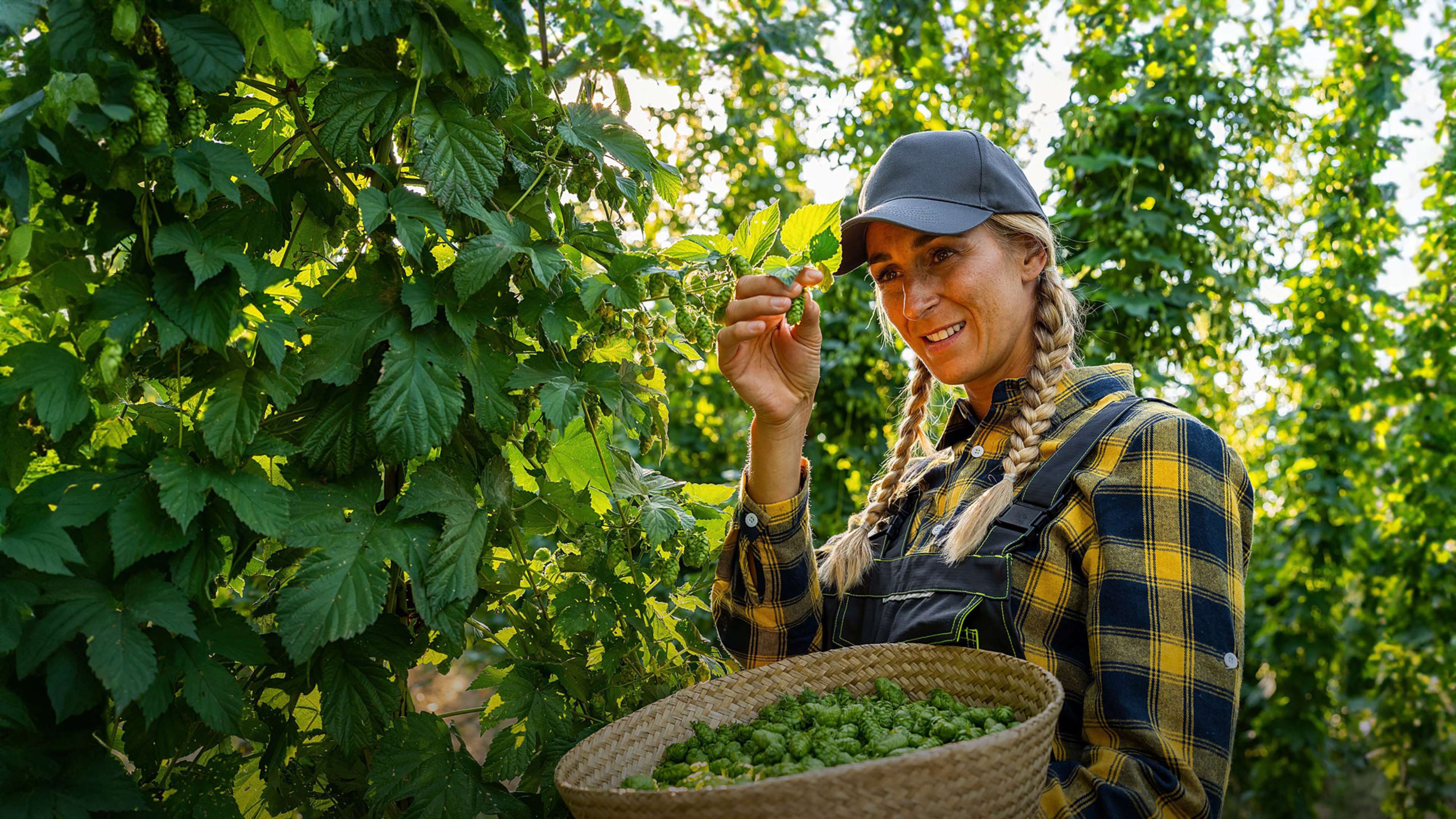
Version: v5.2 to v6
Public consultation dates
May–June 2020
November 2020–January 2021
May–July 2021
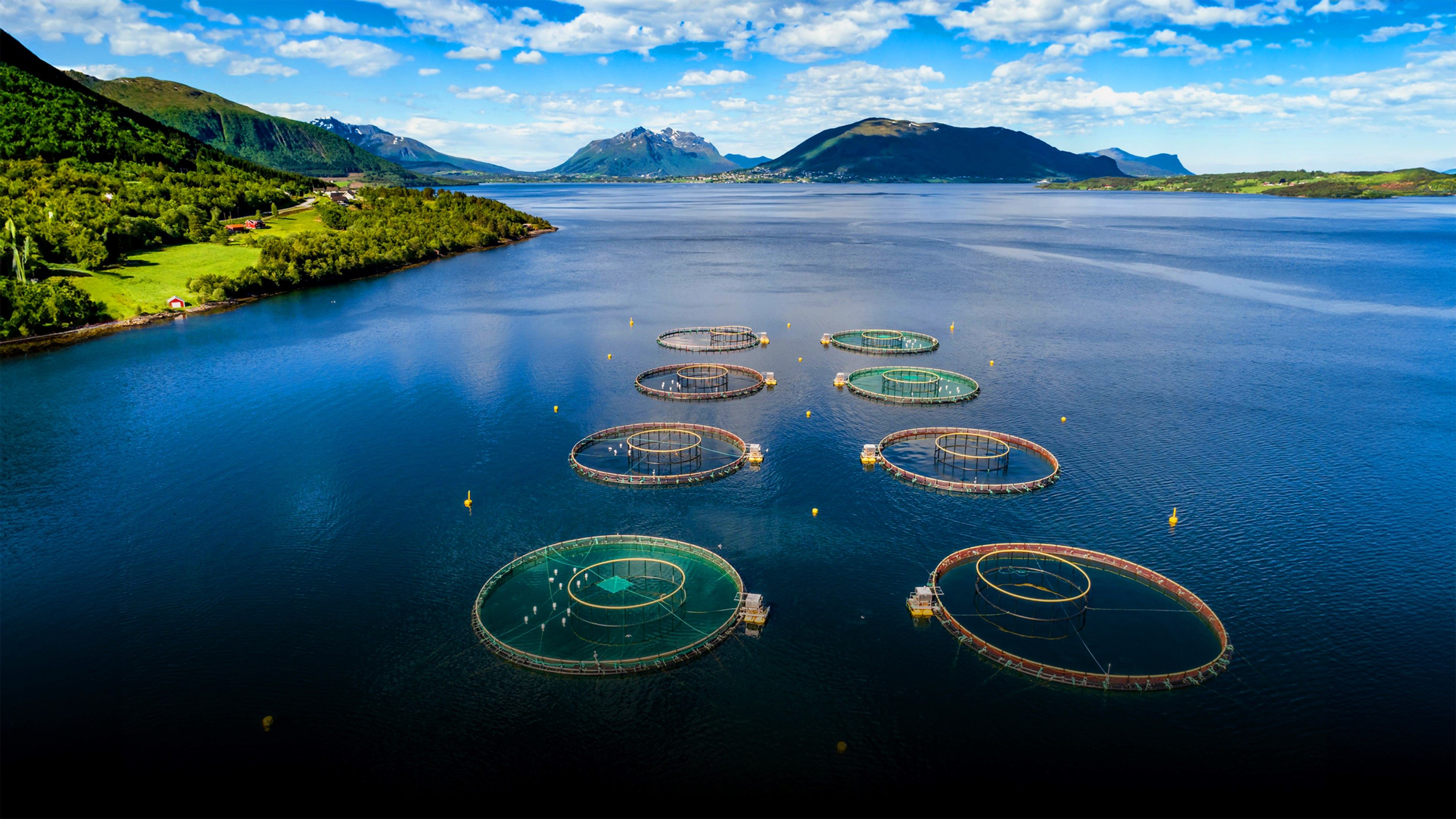
Version: v5.2 to v6
Public consultation dates
May–June 2020
November 2020–January 2021
May–July 2021

Version: v1.3-1-i to v2
Public consultation dates
May–June 2020
November 2020–January 2021
FAQ
The development process is led by GLOBALG.A.P. and conducted in close collaboration with the Technical Advisory Committee, technical working groups and focus groups.
During consultation phases, all members of the general public are invited to comment on draft documents. This can include producers, certification bodies (CBs), retailers, input suppliers, academics, NGOs, GLOBALG.A.P. Community Members, national technical working groups (NTWGs), and more.
Public consultation is when we issue an open call for input and feedback from stakeholders during the development or revision of a GLOBALG.A.P. standard or add-on. This means that you – regardless of whether you are a producer, certification body (CB), retailer, consultant, or otherwise engaged in the agriculture, aquaculture, or floriculture sector – have a chance to draw on your own experiences and let us know your thoughts on a new or existing product, and how potential changes would affect you.
When a public consultation period is open, the link to the GLOBALG.A.P. public consultation portal can be found in the currently in development section. You can then add your comments and submit them directly to GLOBALG.A.P.
GLOBALG.A.P. works in collaboration with the Technical Advisory Committee, technical working groups and focus groups to evaluate the feedback and make final decisions on the standard or add-on content. We appreciate and carefully consider all of the comments that we receive.
Standards and add-ons are typically revised every four to five years but may be revised more frequently depending on external factors such as international legislation or initiatives, external benchmarking requirements, market trends and developments, or specific stakeholder needs.
GLOBALG.A.P. endeavors to continuously evaluate and update our portfolio as required. This is supported by our extensive global network of GLOBALG.A.P. Community Members, national technical working groups (NTWGs), technical working groups, and focus groups.
Field trials involve testing the performance of a new standard or add-on in its draft state to evaluate both suitability for purpose and the conditions in which it will be implemented. This usually means carrying out trial audits against a new standard or add-on checklist.
Field trials ideally take place between public consultation periods. They are conducted for every new or revised GLOBALG.A.P. standard or add-on except those that address legal requirements.
This depends on the complexity of the standard or add-on, but generally between one and three years. Our comprehensive development process ensures that all stakeholder experiences are considered and provides an opportunity for extensive dialogue and exchange with the relevant sector(s) to ensure that the end result is robust and fit for purpose.
GLOBALG.A.P. standards and add-ons are always launched initially in English. Translations are then planned based on market demand. If you would like to request standard or add-on documents in a specific language, please contact us.
The version number of a standard or add-on indicates a milestone in its development. This is made up of a first and second digit separated by a dot – for example, “v5.0”. Changes to the first digit indicate major changes in content (the standard or add-on requirements), for example “v6.0”, and will always affect the accreditation of the standard.
Changes to the second digit, for example “v5.1”, indicate minor changes in content that affect compliance with the standard or add-on.
When changes do not introduce new requirements to the standard or add-on, the version number will indicate an edition update, for example “v5.0-1”. This does not affect accreditation.

Contact us
For questions about standard setting, please contact us at standard_support@agraya.com.